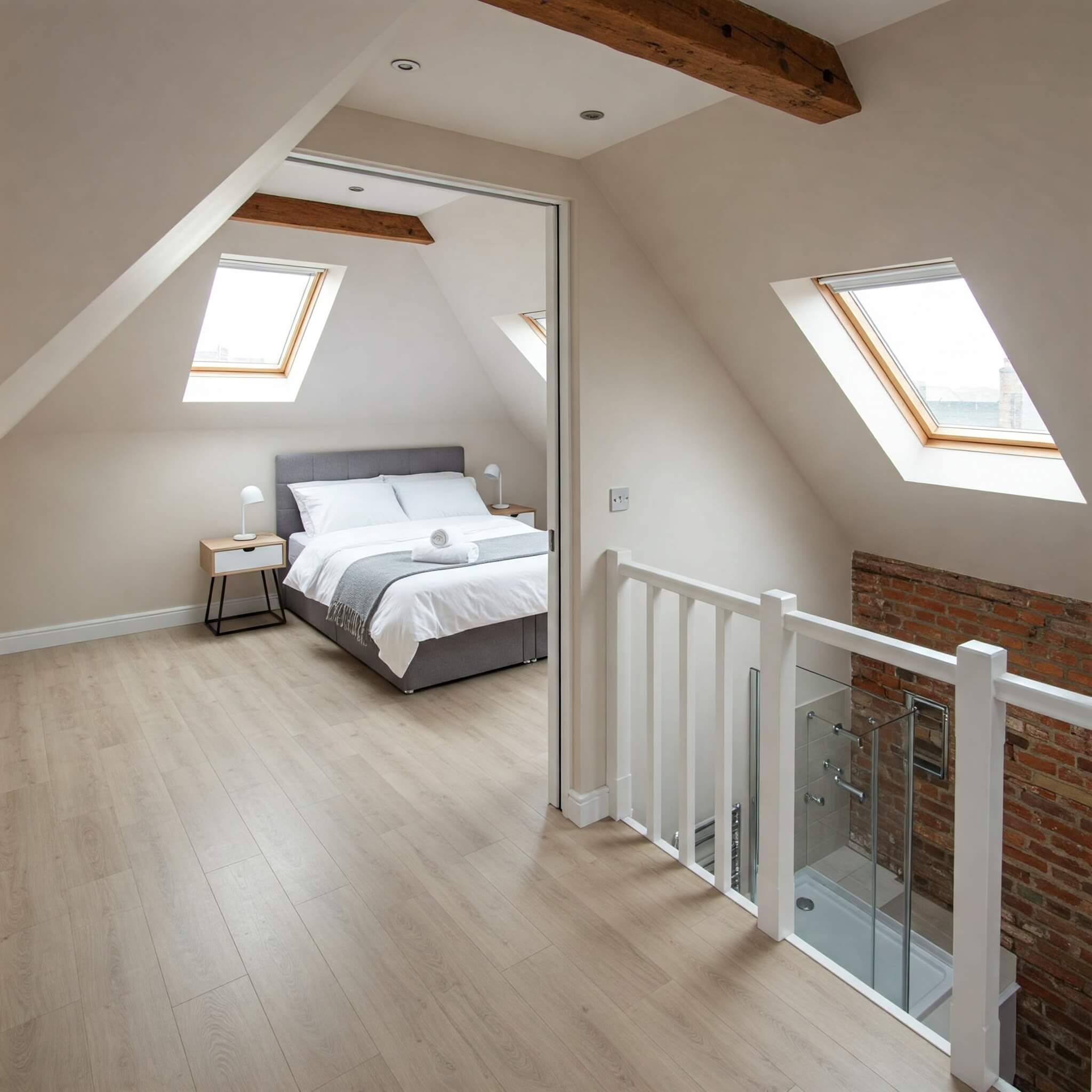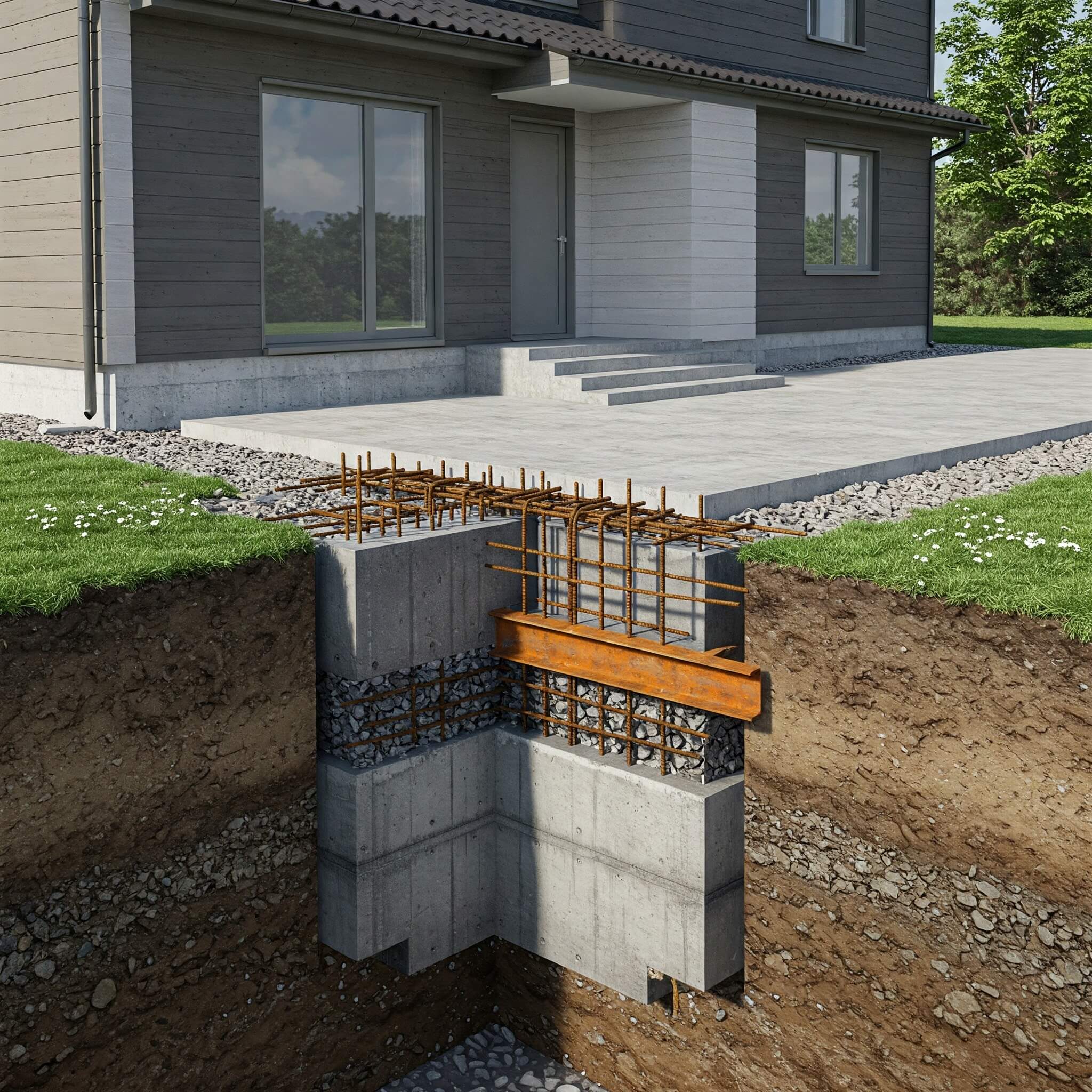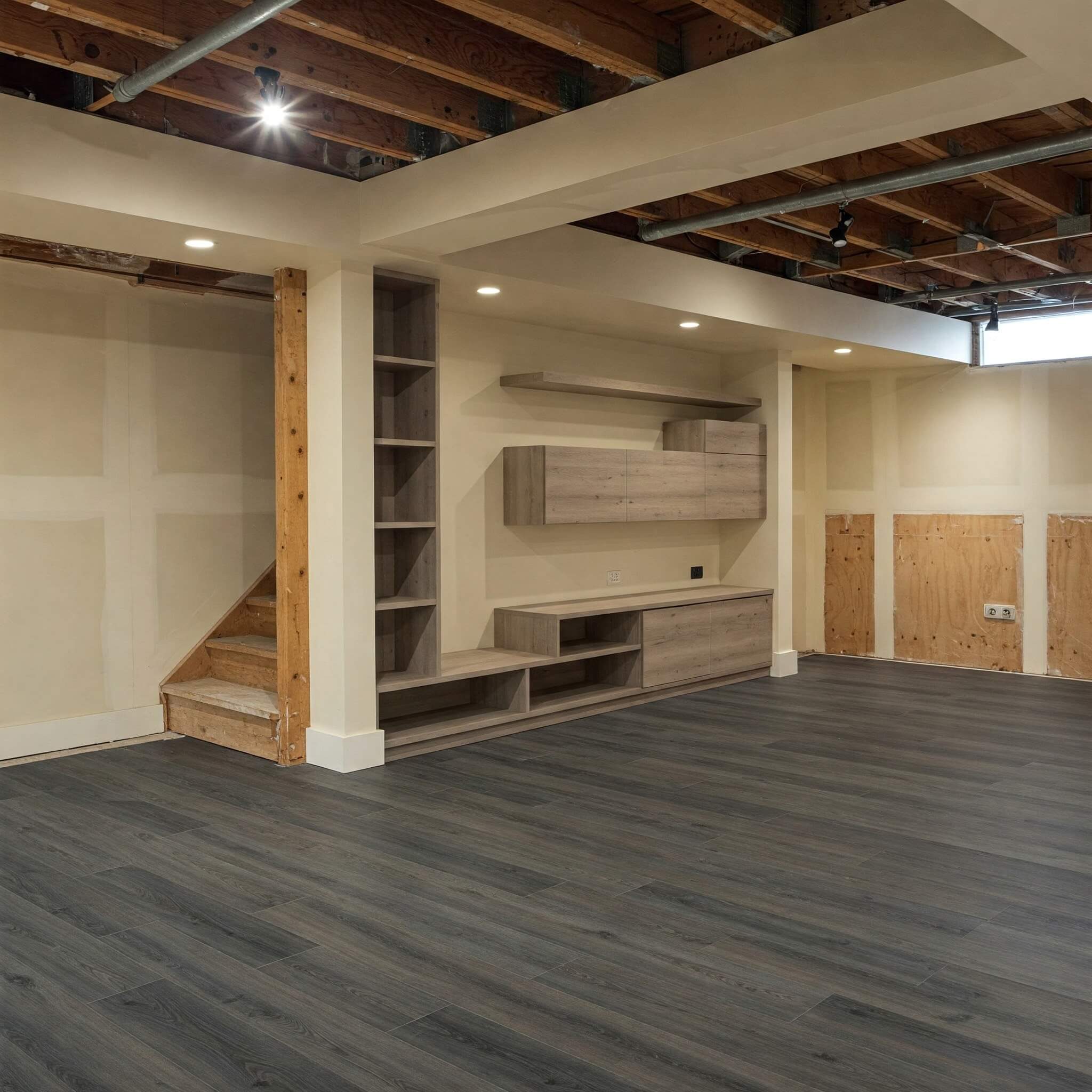Structural Alterations
Structural Alterations
Structural alterations involve modifying the load-bearing elements of a building, such as walls, beams, and foundations. These projects require careful planning, adherence to building regulations, and specialist expertise. Emit Zero provides structural alteration services for residential and commercial properties, undertaking significant modifications to enhance functionality and meet specific requirements.
Types of structural alterations
Working with Emit Zero
Emit Zero offers expertise in all aspects of structural alterations. We prioritise careful planning, adherence to building regulations, and quality workmanship. Contact us to discuss your project.
FAQs
Answers to our most frequent questions
What are some common reasons homeowners opt for structural alterations?

Homeowners choose structural alterations to address various needs, including expanding living space, improving aesthetics, accommodating growing families, and enhancing property value.
How do I determine if my home requires structural alterations?

Structural alterations may be necessary if you plan to create open-concept living spaces, add rooms, or significantly renovate your property. A consultation with Emit Zero can help assess your specific requirements.
Can structural alterations increase the value of my home?

Yes, well-executed structural alterations have the potential to increase your home's resale value by expanding habitable space and enhancing functionality, aesthetics, and overall liveability.
Are there specific design considerations for single-storey extensions?

Single-storey extensions should be designed to complement the existing structure, considering factors like architectural style, materials, and integration with outdoor spaces. These aspects will be discussed and determined in detail during the planning application stage.
How can I decide between a single-storey and double-storey extension?

The choice between single-storey and double-storey extensions depends on factors such as your budget, space requirements, and planning regulations. Emit Zero can provide guidance during your consultation to determine the best fit for your project.
Is it possible to incorporate energy-efficient features during structural alterations?

Absolutely. Structural alterations offer an excellent opportunity to integrate energy-efficient features like insulation, eco-friendly materials, and energy-efficient windows and doors, contributing to long-term savings and environmental benefits.
What factors may affect the timeline of a loft conversion project?

Several factors can influence the duration of a loft conversion project, including the complexity of the design, the need for structural modifications, obtaining Planning Permission, and weather conditions. Emit Zero will provide a detailed timeline during project planning.
When is underpinning necessary for a property?

Underpinning is typically required when a property shows signs of foundation failure, such as cracks in walls, uneven floors, or sinking structures. It may also be necessary for properties being extended or upgraded to support additional weight.
What are the benefits of basement construction or conversion?

Basement construction or conversion can provide valuable additional living space without increasing the building’s footprint. It’s ideal for creating extra bedrooms, home offices, gyms, or entertainment areas while increasing the overall value of your property.
How is a basement protected against dampness and water ingress?

We use advanced waterproofing and tanking systems to ensure your basement is fully protected against damp and water ingress. This includes installing drainage systems, membranes, and specialist coatings to ensure long-term durability.
Does underpinning require Planning Permission?

Underpinning itself doesn’t usually require Planning Permission, but it must comply with Building Regulations. If your project involves extensions or changes to the property’s exterior, planning approval may be necessary. Emit Zero will guide you through this process.
%20(1).jpg)









